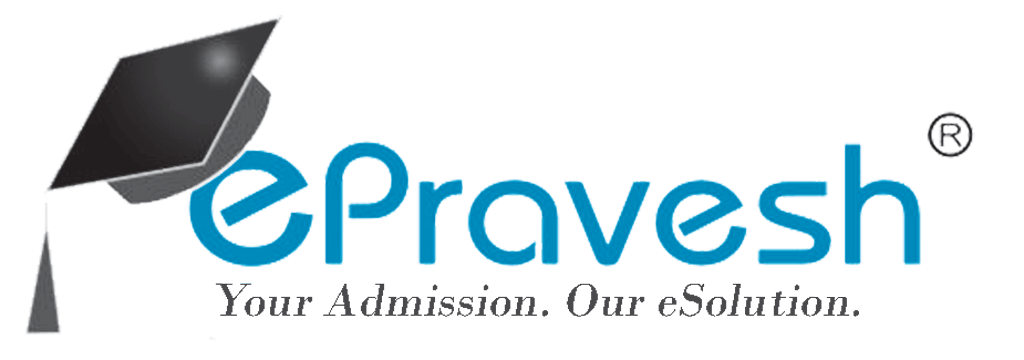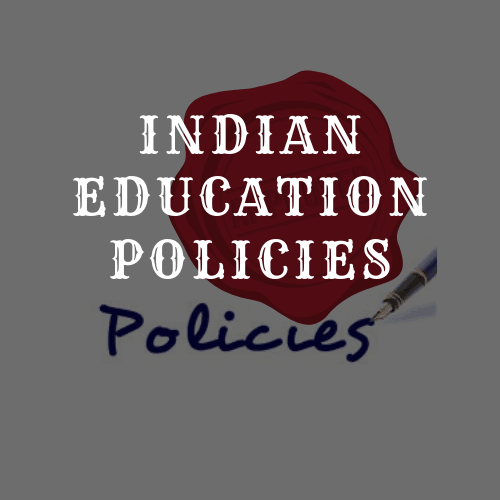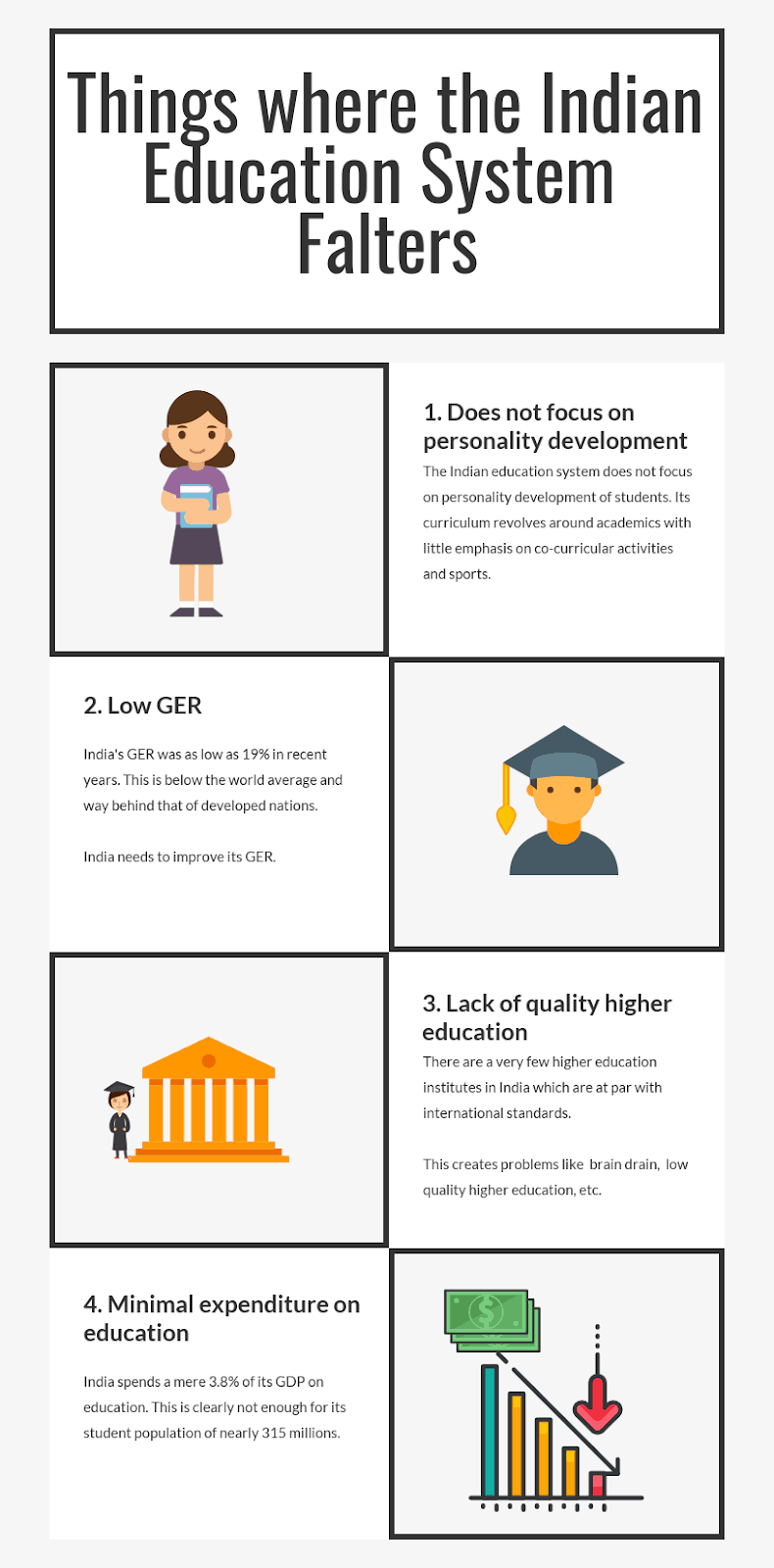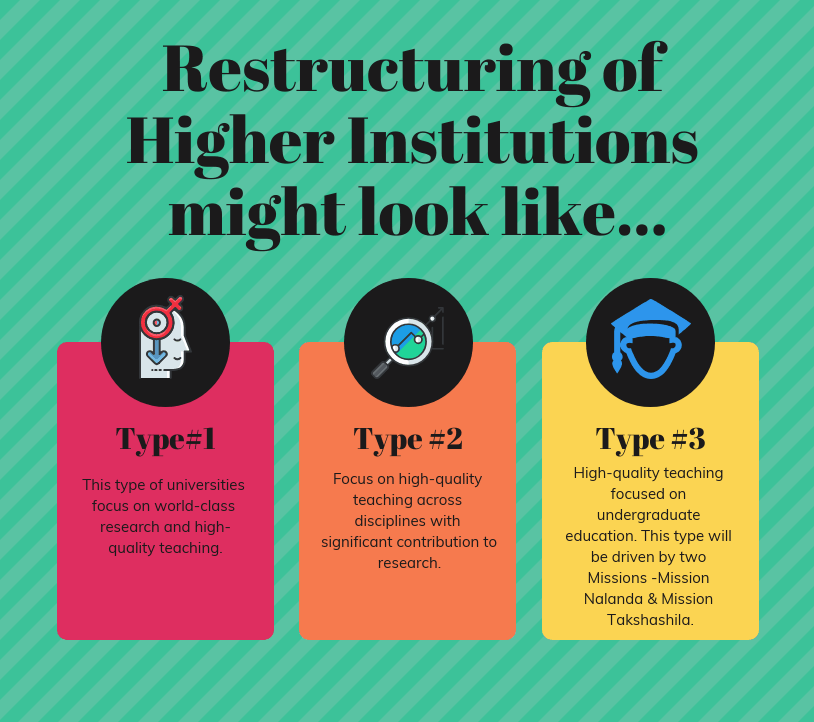Indian Education has been a topic of debate and discussion for many years now. Plagued by complacency and irrelevance, the Indian Education System has systematically failed many of its students.
According to a report by the Annual Status of Education Report (ASER), 50% of class V (5th) students were not able to read text meant for students three levels below. This report proves that Indian students are lagging behind even in the most basic areas of education.
In 2015, India’s Gross Enrollment Ratio (GER) is 19%. It means that out of the 100 students who will finish high school education, only 19 will apply for higher education.
India’s GER is 6% below the world average and around 50% below the GER of first world countries like the USA and Australia. The Indian government plans to increase this rate by at least 30% by 2020.
India also suffers from a chronic lack of educators. There are more than five lakh vacant posts in elementary schools. 14% of government secondary schools do not even have a prescribed number of six teachers.
The expenditure of the Indian government on education is a mere 3.8% of its entire GDP. It is not at all sufficient for the 315 million students in the country, the worlds largest student population. For comparison, it is nearly equal to the entire population of the USA, worlds third largest country by population.
The quality of higher education that we receive in the country is also way behind international standards. There are only a few institutes that offer good quality higher education. As a result, only a few students get into those institutes. Other students do not enrol for higher education or settle for new institutes that have mushroomed in different cities.
Students who go abroad for higher education, more often than not, do not come back, creating the problem of brain drain. This is a phenomenon where bright minds leave the country and thus do not contribute to the country’s development.
Students also report that after attending a full days school, they don’t have any time or energy to focus on other interests like art, sports or co-curricular activities. Our education system does not focus on building students personalities, rather it focuses on rote learning.
The one lecture of arts or sports that students have in the school is not enough to nurture their interest or cultivate their talent.
To address these concerns National Education Policy Chairman Dr Kasturirangan introduced some changes in the Indian Education Policy.
To bring about these new changes, the Ministry of Human Resource Development conducted surveys and discussions at various online, offline and grassroots levels.
The National Education Policy (NEP) recognizes there is a serious learning crisis and emphasizes the need to concentrate on building a foundation for reading and arithmetics from Class I onwards.
It suggests that there ought to be a committed number of hours for arithmetic and reading at primary levels. It also suggests that Anganwadis should be added to mainstream education.
Article Contents
Right to Education Act
While the draft strategy recommends augmentation of the Right to Education act to all schools (from preschool to standard 12 rather than Class 1-8), it redraws the schooling framework on a 5+3+3+4 equation rather than the current 10+2 model- students in the age bracket of 3-8 years will be a part of the foundation stage, 8-11 age bracket for preparatory schooling, 11-14 years for middle school and 14-18 for secondary school.
The draft also suggests that the complex nomenclature for universities like “unitary university”, ” deemed university”, “affiliated university”, etc. be changed to “public”, “private”, and ” private aided” in a phased manner.
The draft also seeks to increase the Gross Enrollment Rate (GER) to 50%, which is below 30% now.
It also seeks to increase government expenditure on education, though it does not specify by how much. It also talks about establishing a dedicated research fund.
A major structural change in the system with the introduction of Early Childhood Care and Education (ECCE) is proposed.
The NEP focuses on educating students in a socio-emotional manner. This will ensure that students’ personality also develops while they learn and grow.
Importance for Sports, Yoga
Subjects like Art, Yoga, Sports, etc. Will not be co-curricular activities anymore, but curricular subjects. It plans on reducing the load content in schools and imbibing life skills, including 21st-century skills in students.
Higher Education Reforms
This policy also plans major reforms in higher education.
Restructuring of higher education institutions with the introduction of three types of universities is proposed:
Type 1: This type of universities focus on world-class research and high-quality teaching.
Type 2: Focus on high-quality teaching across disciplines with significant contribution to research.
Type 3: High-quality teaching focused on undergraduate education.
This type will be driven by two Missions -Mission Nalanda & Mission Takshashila.
Undergraduate programs of 3 or 4 years such as B.Com, B.Voc, BA, BSc will also be restructured with multiple entries and exit options.
A new body, Rashtriya Shiksha Ayog will be established to enable smooth implementation of all programmes and initiatives and to enable coordination between the centre and states.
The National Research Foundation will be found to create a strong research culture.
The National Education Regulatory Authority will be established as the sole regulator for setting standards, accreditation, funding and regulation. It will also be the authority regulating professional education.
The UGC will be transformed into the Higher Education Grants Commission (HEGC).
There will also be an emphasis on Indian and Classical Languages. Centres for Pali, Prakrit and Persian will be found.
The establishment of the Indian Institute for Translation and Interpretation(IITI) is also recommended.
Lastly, B.Ed will be made the compulsory minimum requirement for teachers. Institute with sub-standard teaching and education will be shut. The training of teachers will be shifted to large multidisciplinary universities.
This draft of the NEP is very forward-looking and it seems able to bring about a drastic change in our educational system. It aims at developing students’ personalities and helping them cultivate their talents and interests.
If the National Education Policy is successfully implemented, it will be a huge step into developing our education system and by extension, our economy.





